Artiface and Naturalism in Black and White Photography
Photographers have a range of vectors they can manipulate when creating a picture. There is the content (or choice of subject and setting), the formal organisation of the elements of the composition, the lighting and so on. In any shot, all or fewer of these can be brought into play, and will be 'organised' in some way. The only essential is the selection of subject and setting - even filming the most candid moment of 'real' life involves a decision with respect to this. And what's interesting is the degree to which any resultant photograph explicitly demonstrates the choices made in any of these areas.But what is particularly fascinating to me is how the bringing into play and manipulation of any/all of these vectors position any resultant photograph somewhere on a cline (or gradient) from artiface/stylisation to naturalism.
So I started to wonder about this in the context of black and white male nudes.
One starting point is the figure itself. And how its form can be more or less 'natural'. Of the poses below, would I do any of them in my usual (or unusual!) daily activities? Going to the bathroom? Or in bed? Or any place where I'm naked?




I probably wouldn't manage a single one, unless I was feeling particularly mad that day. Though there are aspects in each that seem natural, such as the stretching yawn in the middle picture. But probably not usually done standing up with one leg elegantly bent! So the form choices here position the pics at the artiface end of the scale.
Part of the artiface of these pictures also involves another vector - setting. The choice of a neutral or minimal background leads to stylisation and away from life. Once the everyday world is added, as below, artiface is somewhat diminished, even when the figures are still formally posed:



There is, of course, an interesting tension now in these shots between the contrived poses and the ordinary everyday-ness of the settings.
Returning to the form of the figure, there is a kind of naturalness that can be introduced if the model is caught in a moment of an everyday activity, with understood actions before and after:



Though there is something in these particular works that tells you the photographer is probably yelling from the side 'Just a bit more to the right. Yes, that's it! Don't move'. Something in the self-consciousness of the subjects themselves. And their express awareness of the presence of the photographer, even when not gazing out of the frame at us.
Naturalism diminishes dramatically when the lens is being oggled:



Though, there will be shots where such a direct gaze can be 'real' or seemingly natural.
Lighting, as a vector, can obviously be crafted to position a work on the natural-stylisation cline. Here, decisions with respect to this element enhance artiface, as does the contrived stance of the model, and the neutral and minimal setting:

And content can be selected to place pictures variously on the spectrum. With everything else kept constant, a highly buffed and enamelled supermodel positions a pic more to one end, and a rough bloke (like me!) to the other:

Though a certain artiface creaps in with his rapturous contemplation of his own dick? Well, if I looked like this guy and had his dick, maybe I would quite naturally do this! And often!
And odd how rough is more natural - I guess we don't spontaneously identify with the fabulously good-looking model.
A final point. In relation to composition, the degree of close-up can intensify the artiface.
In the first photograph below, we are actually too close to easily 'understand' the scene. Or maybe it's not a scene at all but an 'artifical' composition, constructed from a number of subjects simply feeding in hands, arms, stomachs, whatever. Or perhaps a collage of some sort. It's hard to finally know.



Postscript. Of course black and white photography is in itself a choice. And these days, such a medium decision is the more unusual choice, with respect to colour. And puts any B and W photographs towards the art-artiface end of things.


![C18 Bronze Buddha [Southern China]](https://blogger.googleusercontent.com/img/b/R29vZ2xl/AVvXsEioLkgVKuhDoIHQgM1X6Oe2hGn75yqaj4OJXPmNpumXmQPKxB22S57YS5DVrl1P7zl7BS6EFpAtaNZPze7gzVCRiQI54bwdHhVa4fGr7NOChZwTZoo92gUen6tC5U8gWIy_pv92U0FB38M/s1600/Buddha+%255BBronze%252C+C18%252C+China%255D+1.jpg)




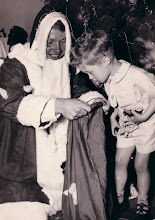







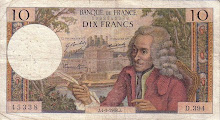
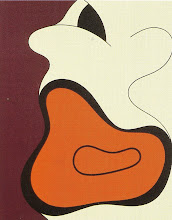+1998+Cropped.jpg)

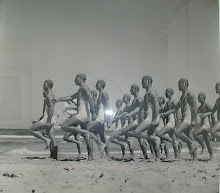
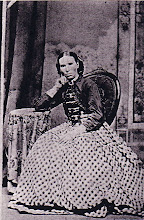



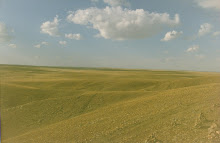



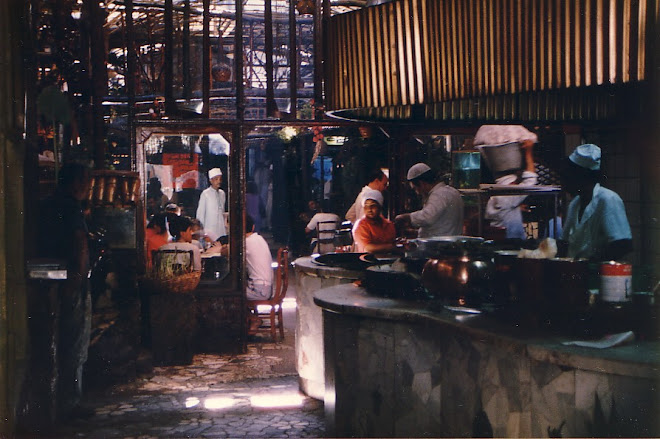

Great analysis, Nick! Along with enjoying the photos, I learned much today ... thanks! I'm going to bookmark this posting for reference.
ReplyDeleteBTW, one other aspect (not sure if that is the right term) is comparing similar content between two photos. What I'm referring to is the relative "non-manscaped" model in the very first photo compared to the "meticulously manscaped" model in the 8th photo (section on moments of everyday activity). Variety in "apples to apples" (or would it be "nuts to nuts" ;-) ) content.
http://gaytippingpoint.blogspot.com/